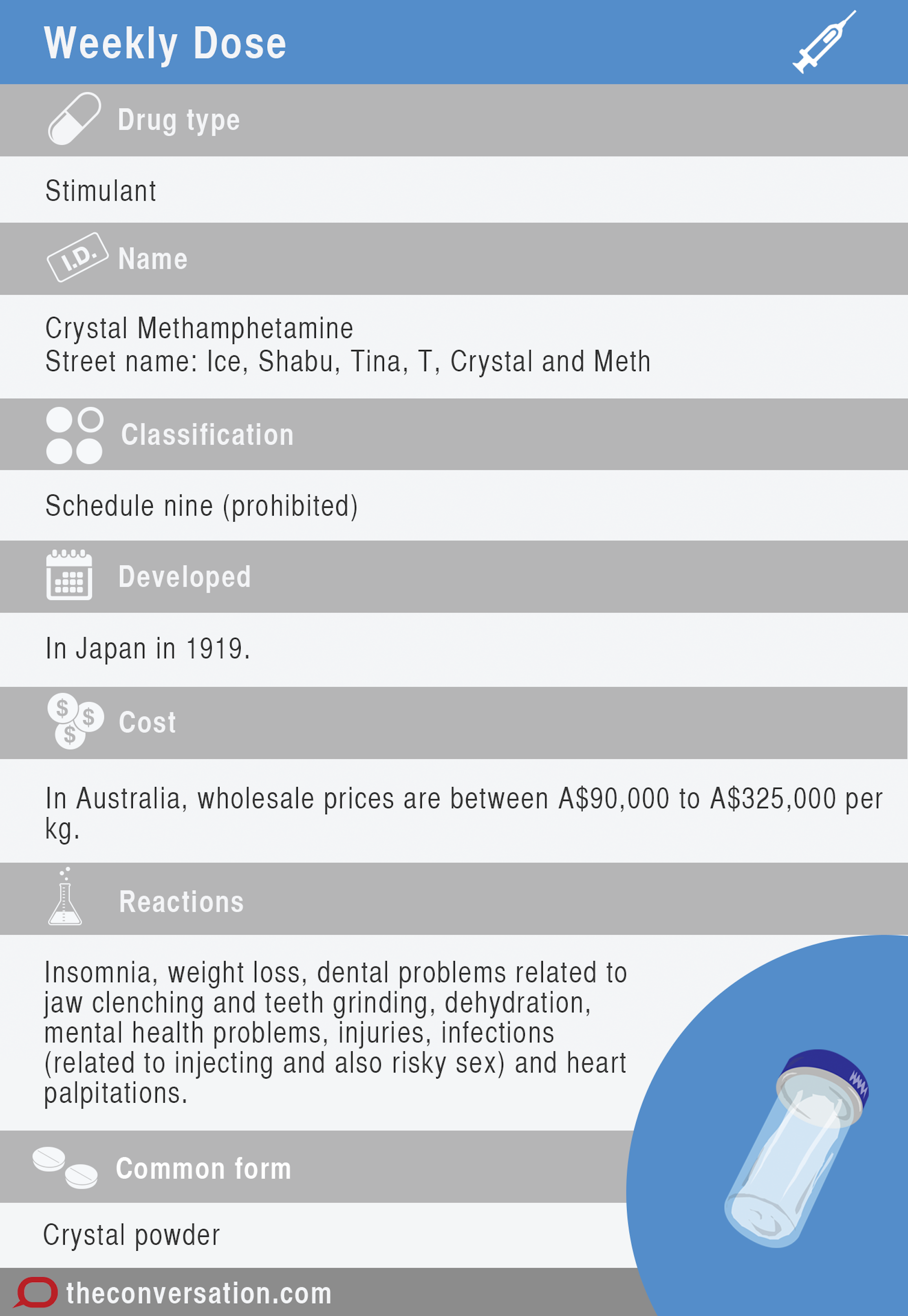

Some sets also use cyan for the 7 ball instead of maroon or light tan.

Most commonly, the dark violet used on the 4 and 12 balls is replaced by pink to make it easier to distinguish the 4 from the black 8 ball, and similarly the 7 and 15 balls use a light tan color instead of a deep maroon. Some balls used in televised pool games are colored differently in order to make them more distinguishable on television monitors.

In the games of seven-ball, nine-ball, and ten-ball, only object balls 1 through 7, 9, or 10, respectively (plus the cue ball) are used. In eight-ball, straight pool, and related games, all sixteen balls are employed. In other games such as three-ball and straight pool neither type of marking is of any consequence. Some games such as nine-ball do not distinguish between stripes and solids, but rather use the numbering on the balls to determine which object ball must be pocketed. : 246 Though it looks similar to the solids, the 8 ball is not considered a solid because it is the only ball that is black. Striped balls were introduced around 1889. The balls are numbered and colored as in the table.īalls 1 through 7 are often referred to as solids and 9 through 15 as stripes, though there are many other colloquial terms for each suit of balls (highs and lows, etc.).
Crystal meth 8 ball price plus#
According to World Pool-Billiard Association equipment specifications, the weight may be from 5 + 1⁄ 2 to 6.0 oz (160–170 g) with a diameter of 2 + 1⁄ 4 in (57 mm), plus or minus 0.005 in (0.127 mm). These balls, the most widely used throughout the world, are smaller than carom billiards balls, and larger than those for snooker. Pool balls are used to play various pool games, such as eight-ball, nine-ball, and straight pool. Ivory balls remained in use in artistic billiards competition until the late 20th century. Other plastics and resins such as polyester (similar to those used for bowling balls) and clear acrylic are also used. Currently Saluc, under the brand names Aramith and Brunswick Centennial, manufactures phenolic resin balls. The exacting requirements of the billiard ball are met today with balls cast from plastic materials that are strongly resistant to cracking and chipping. : 17 Subsequently, to avoid the problem of celluloid instability, the industry experimented with various other synthetic materials for billiard balls such as Bakelite, acrylic, and other plastic compounds. However, the nature of celluloid made it volatile in production, occasionally exploding, which ultimately made this early plastic impractical.

: 17 By 1870 it was commercially branded Celluloid, the first industrial plastic. It is unclear if the cash prize was ever awarded, and there is no evidence suggesting he did in fact win it. Sorel cement, invented in 1867, was marketed as an artificial ivory), John Wesley Hyatt invented a composition material in 1869 called nitrocellulose for billiard balls (US patent 50359, the first American patent for billiard balls). : 17Īlthough not the first artificial substance to be used for the balls (e.g. ) prize being offered by a New York supplier. : 17 Inventors were challenged to come up with an alternative material that could be manufactured, with a US$10,000 (worth approximately $194,425 in 2021. The billiard industry realized that the supply of elephants (their primary source of ivory) was endangered, as well as dangerous to obtain (the latter an issue of notable public concern at the turn of the 19th century). : 17 By the mid-19th century, elephants were being slaughtered for their ivory at an alarming rate, just to keep up with the demand for high-end billiard balls – no more than eight balls could be made from a single elephant's tusks. Dyed and numbered balls appeared around the early 1770s. Although affordable ox-bone balls were in common use in Europe, elephant ivory was favored since at least 1627 until the early 20th century : 17 the earliest known written reference to ivory billiard balls is in the 1588 inventory of the Duke of Norfolk. Early balls were made of various materials, including wood and clay (the latter remaining in use well into the 20th century).


 0 kommentar(er)
0 kommentar(er)
